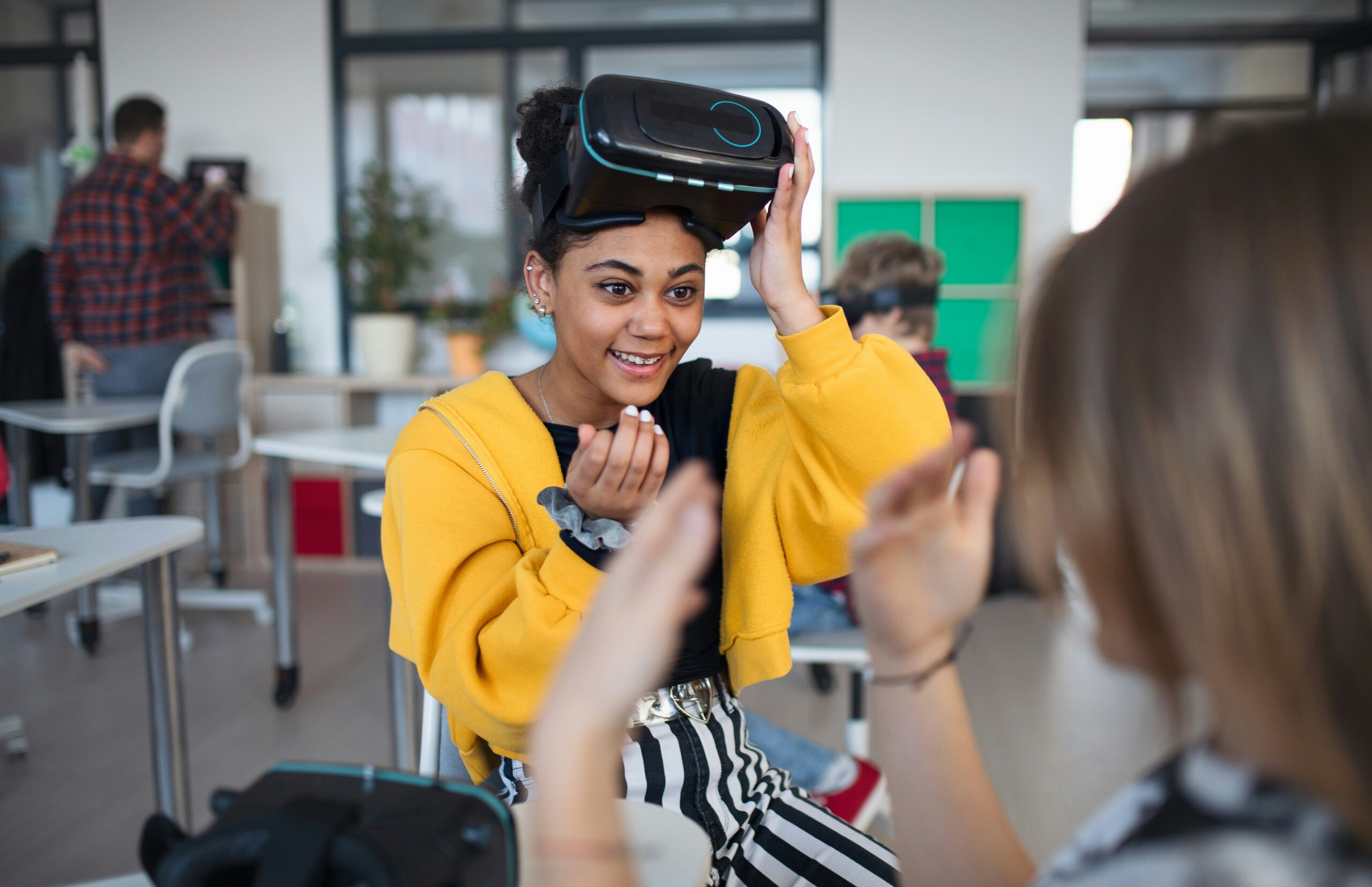Transforming the traditional classroom into a dynamic learning environment can be quite a challenge, yet one innovative approach is gaining momentum: gamification. This strategy involves integrating game-like elements into educational activities to boost student engagement and motivation.
Gamification in education is not a new concept, but its application in classroom settings is evolving at a rapid pace. By tapping into students’ love for games, educators can create a more engaging and interactive learning experience. According to a study published in the Journal of Educational Psychology, students who participated in gamified learning activities showed a 34% increase in engagement compared to traditional methods.
Why Gamify the Classroom?
Gamification leverages the elements of competition, rewards, and progress tracking, which are naturally motivating. It provides a sense of achievement and encourages students to take ownership of their learning. For instance, a teacher might use a points system for completing assignments or a badge system to recognize students’ mastery of certain topics.
Expert Insights
Dr. Kevin Werbach, an expert in gamification, notes, “Games are systems that motivate through challenge, reward, and feedback.” His insights highlight the importance of structure and reward systems in keeping students motivated.
Statistics and Research
- According to ResearchGate, gamified environments can increase student motivation by up to 50%.
- A survey by the Entertainment Software Association found that 74% of teachers who used digital games in the classroom noticed improvements in student engagement.
Real-Life Examples
Consider a history teacher who turns a unit on ancient civilizations into a role-playing game. Students create characters and earn points for completing quests related to their studies. This approach not only makes learning fun but also deepens their understanding of the subject matter.
Actionable Tips for Teachers
- Start small by gamifying a single lesson or activity.
- Use tools like Kahoot or Quizlet to create interactive quizzes.
- Implement a leaderboard to encourage friendly competition.
- Incorporate storytelling to make lessons more immersive.
Gamification Tools and Resources
| Tool | Description | Platform |
|---|---|---|
| Kahoot | Interactive quiz platform | Web, iOS, Android |
| Quizlet | Flashcards and study games | Web, iOS, Android |
| Class Dojo | Classroom management and communication | Web, iOS, Android |
| Edmodo | Social learning platform | Web, iOS, Android |
| Seesaw | Student engagement platform | Web, iOS, Android |
| Socrative | Real-time assessment tool | Web, iOS, Android |
| Duolingo | Language learning app | Web, iOS, Android |
| GoNoodle | Movement and mindfulness videos | Web, iOS, Android |
FAQs
Does gamification work for all subjects?
Yes, gamification can be applied to various subjects, though it may require different approaches depending on the content.
Is gamification suitable for all age groups?
While younger students may be more receptive, gamification can be tailored to suit learners of all ages.
Conclusion
Gamification offers a promising way to enhance student engagement and make learning a more enjoyable experience. By incorporating game elements into the classroom, teachers can tap into students’ natural motivations and create a dynamic educational environment. Ready to give it a try? Start by gamifying your next lesson and watch your students’ enthusiasm soar.




Leave a Reply